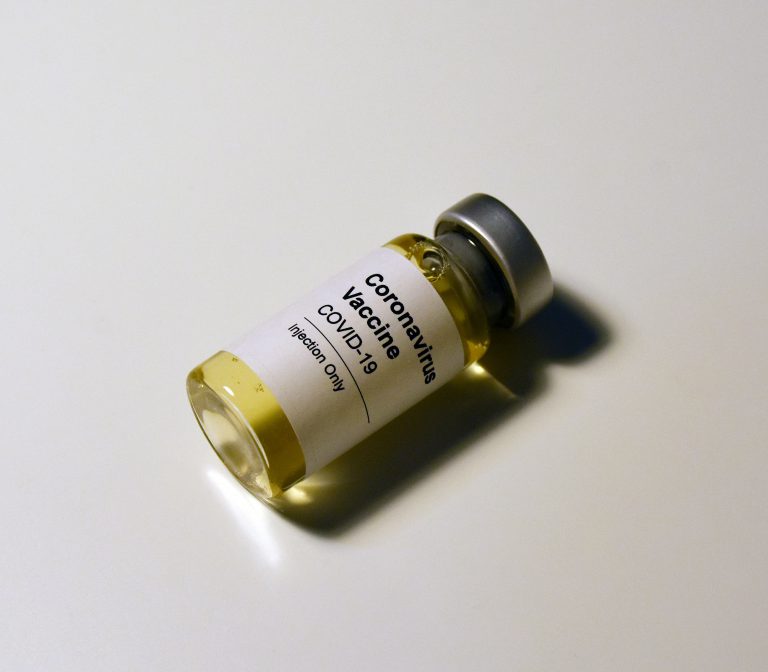Study reveals that people who survive a heart attack have more chances of developing PTSD than regular people.
What Is PTSD?
PTSD stands for posttraumatic stress disorder. People who witnessed or faced a traumatic event, such as a serious accident, a natural disaster, a terrorist act, rape, and other violent act, can experience this.
The symptoms of this mental health condition include severe anxiety, nightmares, and occasional flashbacks.
How Is PTSD Related to Surviving a Heart Attack?
A heart attack is a traumatic experience in itself. It is the body’s involuntary increase in blood pressure and heart rate that can bring a person to a life-or-death situation.
According to a research conducted to 303 young and middle-aged survivors of a heart attack, 15 percent of them developed a PTSD. These 15 percent with PTSD re-experience their heart attack through their dreams, flashbacks, and other unhealthy thoughts.
The Risk of PTSD for Heart Attack Survivors
Trauma affects people’s daily lives as well. For instance, James Jackson, a professor and psychologist at Vanderbilt, University Medical Center, said that patients with PTSD tend to develop avoidance. They avoid the hospitals, getting surgery, or even driving when they experienced a heart attack while driving.
Here are other risks heart attack survivors may experience:
- The study by researchers from Emory University and the University of Alberta reveals that heart attack survivors experiencing PTSD are more likely to have ischemia and mental stress. Ischemia is caused by problematic blood vessels and is exhibited by the reduction in the blood supply of the body, often causing a shortage of oxygen.
- People who ignore or avoid trauma are said to be more likely to get a higher risk of ischemia caused by stress. Ischemia with mental stress is one of the most common causes of death worldwide.
- People who experience nightmares are also more vulnerable to experiencing another cardiovascular attack.
- Around 20-40 percent of heart attack survivors develop depression later on.
What Are Its Triggers?
Physical aches and pains can trigger PTSD for heart attack survivors. The most common trigger is called angina or the chest pain and discomfort one experiences when the heart muscles don’t receive enough oxygen-rich blood. It may feel like indigestion or a squeeze in the chest, and the discomfort can spread to the shoulders, neck, jaw, arms, and back.
How to Handle PTSD
Avoiding stressful situations is the most recommended way to deal with PTSD. Perform simple physical exercises, like taking regular walks to improve one’s psychological and physical health.
Patients should also feel the sense of agency or the principle that they can still make plans, carry out these plans, and take control of their lives.
Conclusion
According to the mentioned research, people who’ve undergone heart attack and survive will have a bigger chance of experiencing PTSD than the general population. This PTSD can affect the development of a cardiac disease, and cardiac disease can also, later on, trigger PTSD. It cannot be controlled, but the condition can be improved over time.
High-risk patients would need a good mental health service and special social support to survive this. Time and good self-care can also help improve their quality of life.
For a daily dose of health care updates, subscribe to our site today.



















